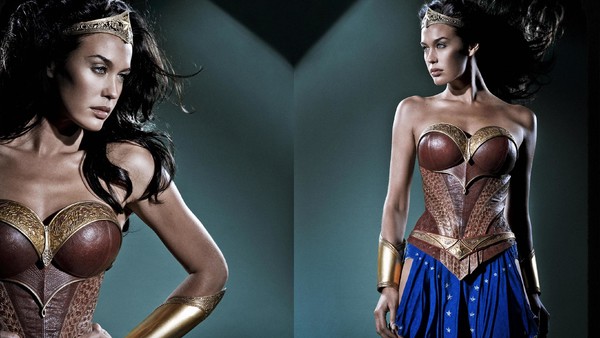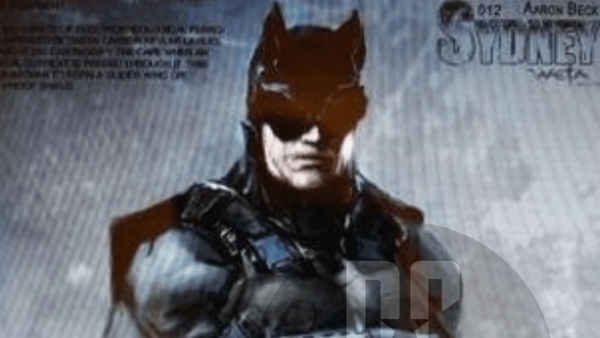Justice League: Mortal - What Really Happened?
5. The Beginnings Of A League

Those old enough to remember the beginnings of the comic book movie boom during the mid-noughties will likely recall Warner Bros. taking something of a scattergun approach to adapting DC Comics.
Christopher Nolan was midway through production on a sequel to Batman Begins, while Superman Returns had just debuted to a miserly reception. It was during this time that the studio began work on several projects, including a Flash movie - directed by David S. Goyer - a Green Arrow film, and a Wonder Woman feature helmed by Joss Whedon. All three projects would never see the light of day, but in their wake came an ambitious new project centred on DC's most famous union of superheroes - the Justice League of America.
This project would eventually go on to become Justice League: Mortal, with a script having been written by Kieran and Michele Mulroney. Shortly thereafter George Miller joined as director, with WB reportedly enthused by the prospect of the film spawning a franchise of its own. With a view to sequels, spin-offs and more in mind, Miller then decided that a young cast would be more appropriate, which led to a then 22-year-old Armie Hammer being cast as Batman.

Seeing as how Christian Bale was out as Batman, so too was Brandon Routh out as Superman. Replacing him was D. J. Cotrona, while the remaining positions on the roster were filled out by Megan Gale as Wonder Woman, Common as Green Lantern, Adam Brody as the Flash (Barry Allen), the late Anton Yelchin as Wally West, Santiago Cabrera as Aquaman and Hugh Keays-Byrne (Fury Road's Immortan Joe) as everyone's favourite Oreo-loving alien, Martian Manhunter. Starring opposite was Jay Baruchel as Maxwell Lord and Teresa Palmer as Talia al Ghul, with the former occupying the role of the story's ancillary antagonist.
Following their casting, Miller deployed a whole host of methods to get them in shape for their roles, and played mind games with Armie Hammer specifically in the hope of getting a genuinely paranoid Batman on-screen, which the actor recounted to Ain't It Cool News in 2010:
"He [Miller] was going so in-depth in this. We had a brain surgeon, a psychiatrist, a Joseph Campbell expert, and all of these people in every single table meeting we had for a month and a half and then all of the characters were also training as their characters, so The Flash, Adam Brody, was training as The Flash with rubber bands, so he’d be fast and twitchy. Aquaman, Santiago Cabrera, was swimming a lot and Miller would send him to go swim with Dolphins in Northern California for hours so he would be used to being around sea creatures. Batman, being the only human of the Justice League and having to really prove himself there, he had to be the consummate martial artist, as well as the ultimate detective, so he was playing psychological games with all of us. He would leave me out of things, like intentionally, but I wouldn’t know this until months later when I would just get the feeling of like “What is going on? Why is everybody?” Because he wanted me to constantly be getting into that paranoid mind frame of The Batman."
The desire to get to the root of what made these characters tick appeared to be the driving force of Mortal, and though it deviated from the source material in certain respects, the way Hammer articulates Miller's apparent vision gives us an idea of a very interesting Batman - one that cuts to the very core of why he fights in a team comprised of gods and monsters.
And then there was the story...